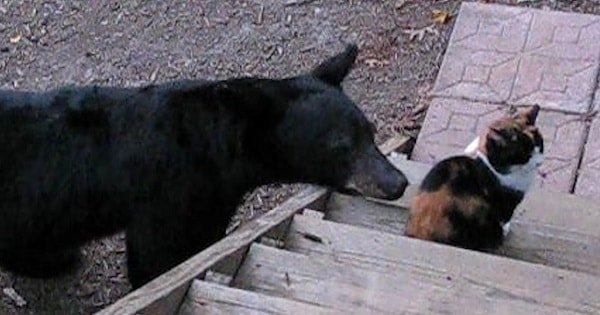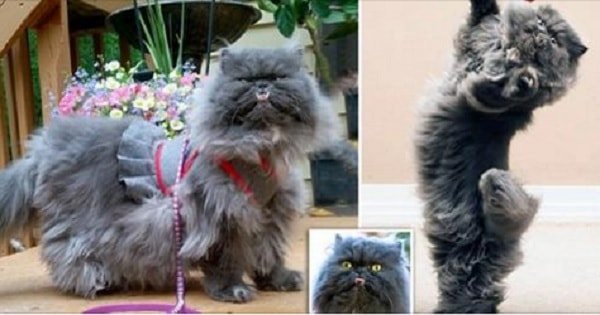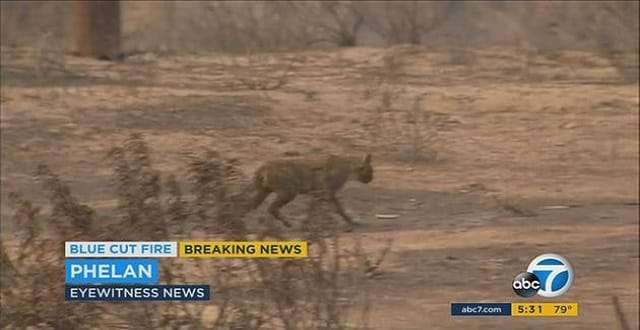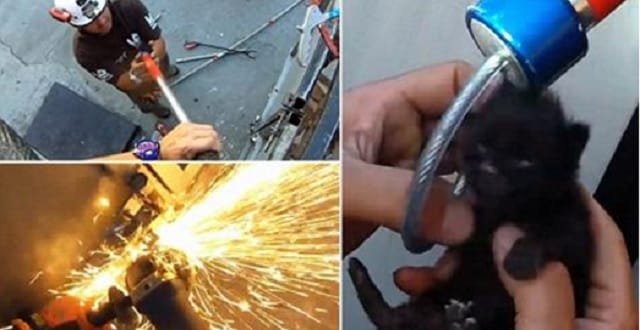NAGOYA, JAPAN – An elementary school pupil’s essay on the killing of stray cats has recently prompted a group of writers and photographers in the Tokyo area to raise the money via crowd-funding to make a picture book based on it.
The essay, titled “¥78 no Inochi” (“A Life Worth ¥78″) which is about $12, was written by Chika Taniyama back in 2012 after the student, then in sixth grade, learned that more than 200,000 animals were being killed annually, and that the cost of putting one down was ¥78, ($12.)
“It was gut-wrenching to know that a life costs only ¥78,” the 14-year-old junior high school student in Toyohashi, Aichi Prefecture, wrote in the essay, which ended up winning top prize in an essay contest in her city.
The essay caught Makoto Tozuka’s eye after a local cartoonist turned it into a manga and then posted it online last summer. The 28-year-old writer and others later decided to support an animal welfare organization which was planning to make a picture book based on Taniyama’s essay.
As of Thursday, the crowd-funding website Green Funding by T-Site had collected more than double the initial target. The project is now aiming to secure ¥2.5 million by March 31 which will be used to print more copies of the picture book than originally planned.
Tozuka wanted to send a message.
“I want people to think about life from when they are young,” she said. “If no one discards a cat, there is no need to slaughter them.”
Taniyama learned about the fate that awaits most stray cats when kittens born to her beloved neighborhood stray were sent to an animal shelter.
In the original essay, she wrote, “Keeping a pet means being responsible for a life. One cannot throw them aside like toys.”
In the fiscal year ended March 2015, around 100,000 cats and dogs were put down, 80 percent of them felines, according to Environment Ministry data.
Thanks to adoption promotion campaigns now in place for cats and dogs, that’s roughly one-fourth of what it was back in fiscal 2004.









